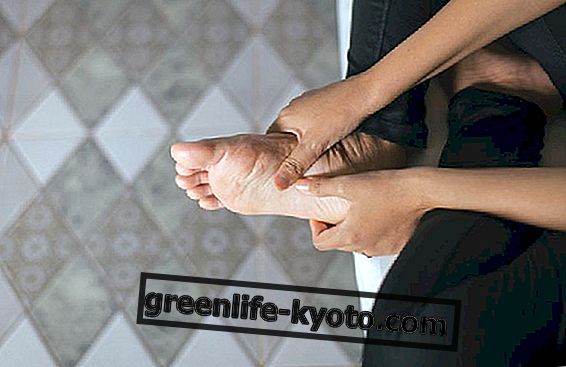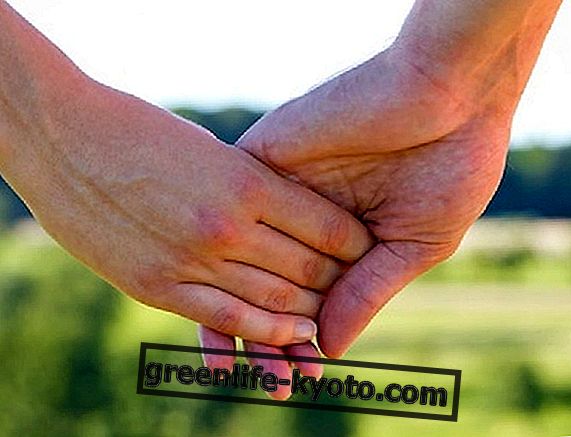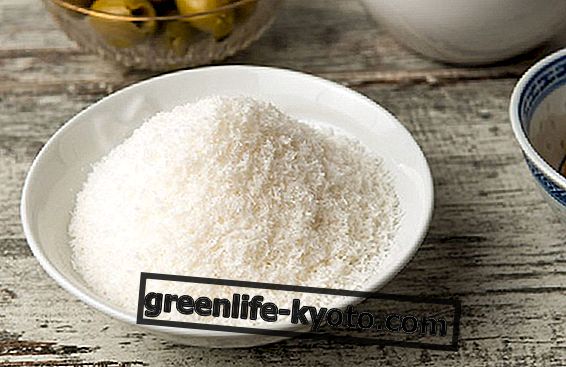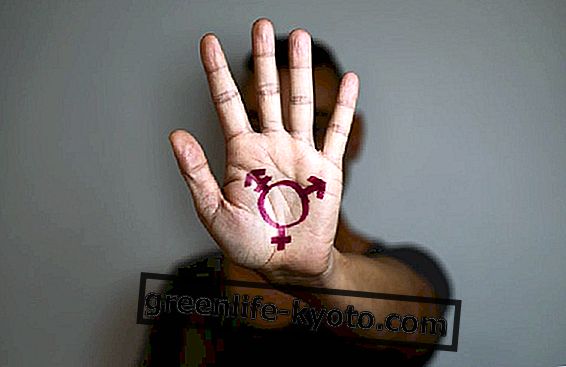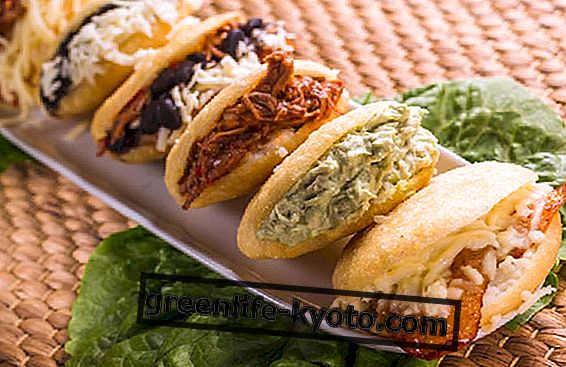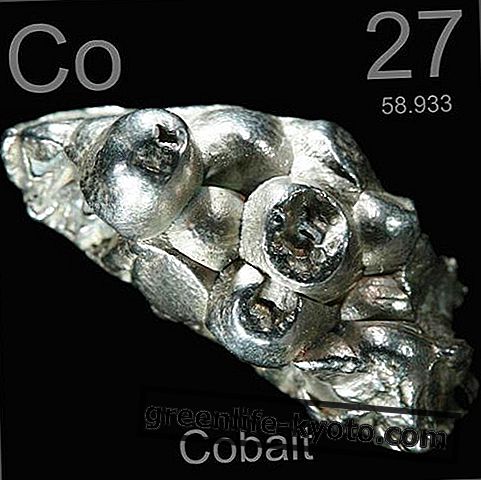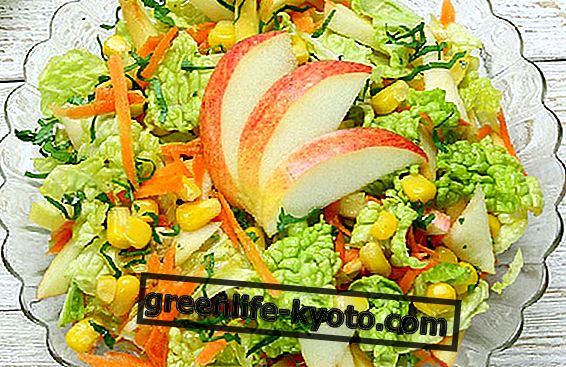
The world of martial arts is experiencing an evolutionary moment that has never been known before .
"Evolution" is a term that in fact fits very well with the martial scene : schools, disciplines, styles and techniques are mixed and openly confronted, creating new models, always improved and open to yet another evolution.
In this world of athletes, even less strictly martial aspects like fitness, meditation and nutrition can make the difference.
We will try to understand with Giuseppe Granieri a little more about the importance of nutrition in the life of a martial artist.
Giuseppe, given that in the introduction we have described the world of martial arts as being in full evolutionary ferment, would you like to share with us your personal evolution as a martial artist? How did you start, what were the fundamental steps for you to get to start the Aventador Team?
The passion for martial arts is practically something that belongs to my DNA . As a child I happened to watch the films of Van Damme, Bruce Lee and " The Boy from the Golden Kimono " on TV and imitated their movements in front of the screen.
After the age of 10 I enrolled in a wing chun course, a martial art that I practiced for about 10 years, until I was fascinated by MMA, which was in vogue especially in America where there were 2 athletes who played they faced each other in a cage, in tournaments where almost everything seemed to be allowed.
I have been looking for Italian references for years to deepen the discipline, but the offers seemed to me little stuff compared to what was being developed in the USA and in Brazil, until the only Italian at the peak of his career at UFC, Alessio Sakara (my idol), in September 2010, gave birth to the first training course for aspiring instructors.
Before enrolling in the course, I took part in an Alessio internship in Rome, and on that occasion I was able to appreciate the goodness of his method and I decided to follow his training proposal.
Alessio shortly afterwards organized an amateur tournament called " Legionarius League " and on that occasion I presented my group of athletes under the name of " Team Aventador ", from the name of a race of famous fighting bulls in the Spanish bullfights for their courage and their dangerousness.
In this new world at the forefront of martial arts, what is the role of proper nutrition and how does this combine with proper training and proper martial practice?
In my opinion, MMA nutrition is even more important than in other sports . This is because, in addition to the correct caloric intake and fundamental nutrients for any sportsman, in professional MMA there is to "fight with the weight", and even today we tend to make numerous mistakes when approaching the fateful weigh-in.
Furthermore, the physical and mental stress to which the MMA athlete is exposed obliges him to follow a suitable diet for this sport.
What do you think are the most important dietary guidelines to follow for a professional and which ones would you recommend also to amateur practitioners?
The first step is to rationalize carbohydrates according to the training times and the type of training : keeping the glycemic level under control all day long is essential to avoid sudden changes that would damage the athlete's lean mass / fat mass ratio.
The second step is to periodize the feeding in relation to the date of the match, this because there are foods that favor the loss of liquids and that are often "useful" when approaching the weigh-in.
The third fundamental aspect to consider is the great level of muscular / joint stress to which an MMA agonist is exposed, and therefore seasonal vegetables and fruits are essential foods to guarantee the necessary protection to the muscles and joints involved in this discipline .
Which foods or which food habits are to be implemented, which ones to change and which to exclude for a person who really wants to progress in the martial arts?
Surely it is necessary to exclude or limit to the maximum fries, creams, and spirits at any stage of the sporting season. Green leafy vegetables and vegetables are foods that cannot be missing from the diet of a competitive martial artist .
Proteins must represent 20/25% of the total calories taken daily and must be distributed evenly throughout the meals, avoiding unnecessary peaks that can only cause stress for our body. On average, a professional MMA athlete burns between 3, 500 and 6, 000 calories per day during the intense preparation phase of the match, and unsaturated fats are a fundamental fuel.
Simply put, they cannot be missing from the diet of an MMA athlete: almonds, walnuts and raw olive oil (as the main sources of fat), white meat, fresh fish and legumes (as the main protein sources), pasta, rice and bread (as sources of carbohydrates), vegetables, vegetables and seasonal fruits (which contain the main micronutrients).
Speaking in general terms, what are the needs of a martial artist's body and how are they different from those of a practitioner from other disciplines or sports?
MMAs are a relatively young sport, and this often leads to not considering, or overshadowing, the very complex programming of the training that an agonist supports in his typical week . It is very complex to plan muscle recovery well when, often in a high-level team, there are several coaches who elaborate their own programming in partial or total inadequacy of the supported / supported workouts in the other disciplines.
Crossing the threshold of overtraining or not completely recovering is very common at any level in MMA, and it is no coincidence that many champions often disappoint just when life's chance presents itself, encountering performance that is much lower than its standards.
What do you think is the ideal path for a boy or a girl who wants to become a complete martial artist? What should he have in his baggage and what experiences should he have?
High level MMAs come with two different paths, which intersect in a single point, that of having a good head coach, able to favor the martial growth of the same athlete: the first road is that of a single athlete contact discipline that decides to devote itself to MMA, learning the basics of the phases in which it is lacking compared to the martial art of origin, and precisely relying on a good HC (Head Coach) capable of enhancing its qualities in a continuous growth .
The second is to start practicing the MMA directly in a course with a coach who has a credible training curriculum (we know that today there is a crisis and the improvised ones driving an MMA course in a gym represent the great majority ...).
I thank all the editorial staff, a greeting
HC Granieri Giuseppe
